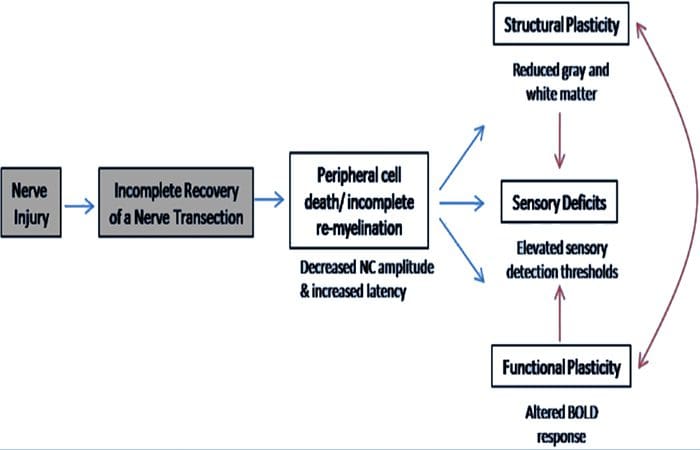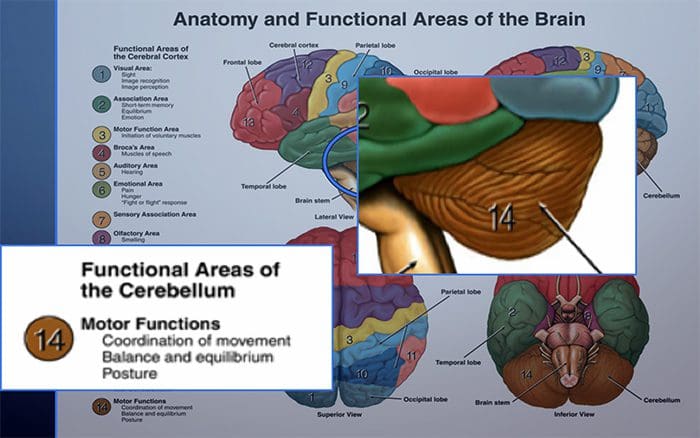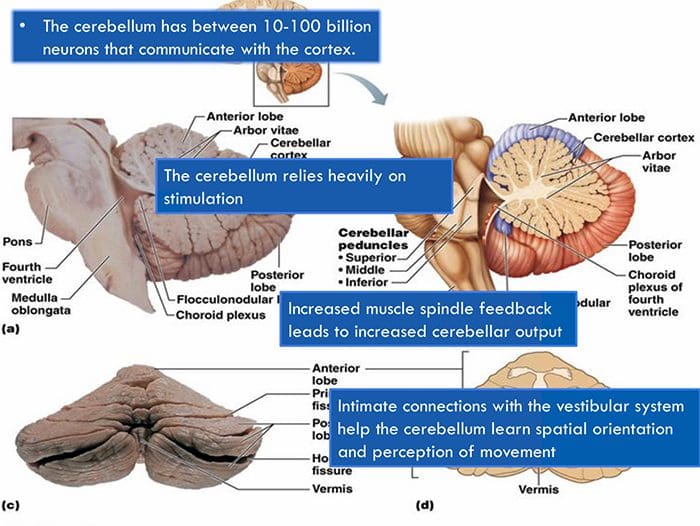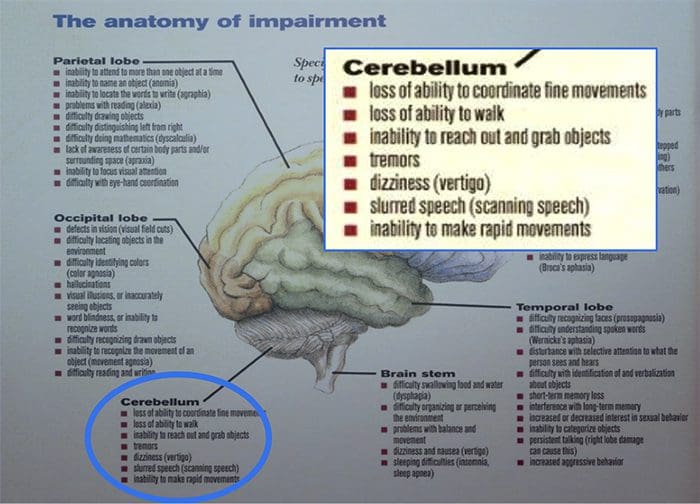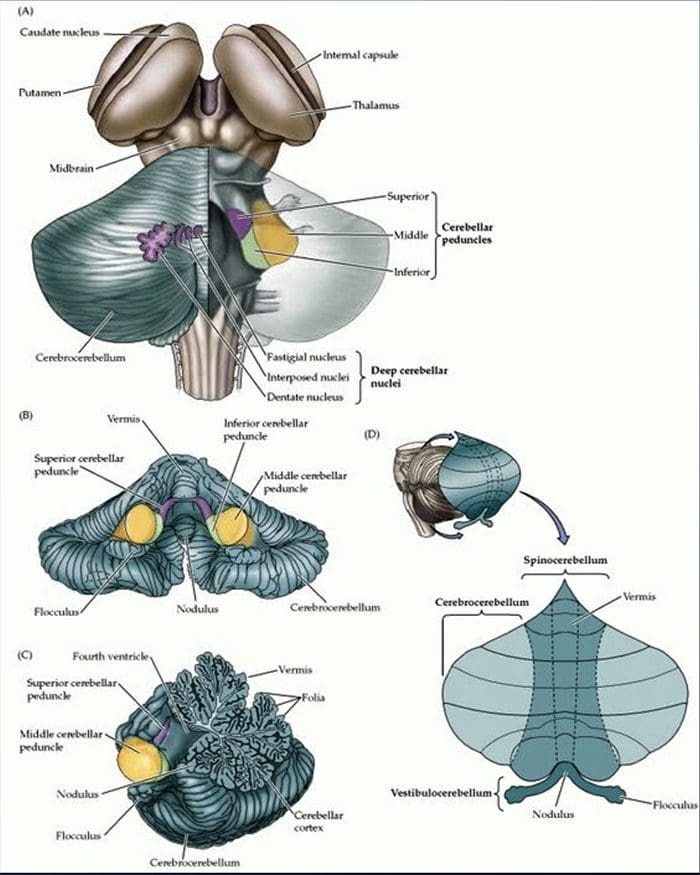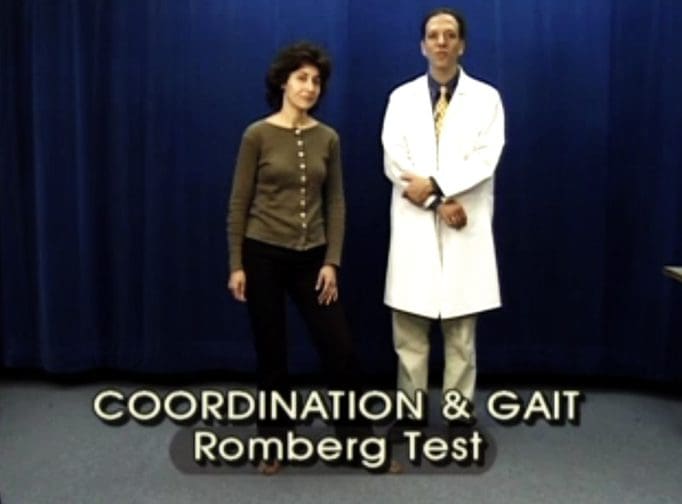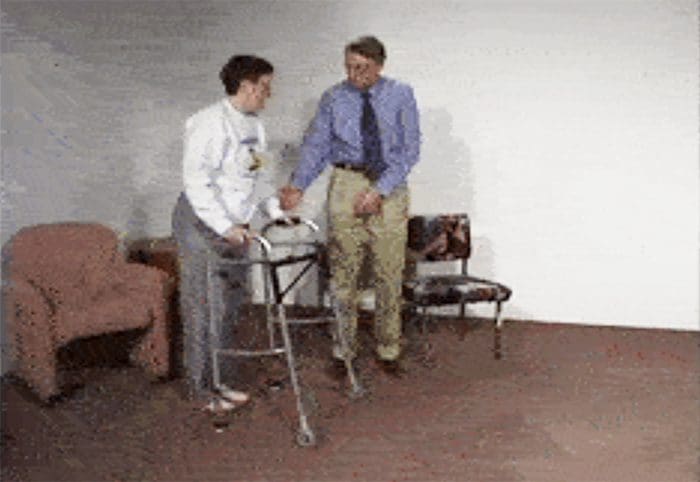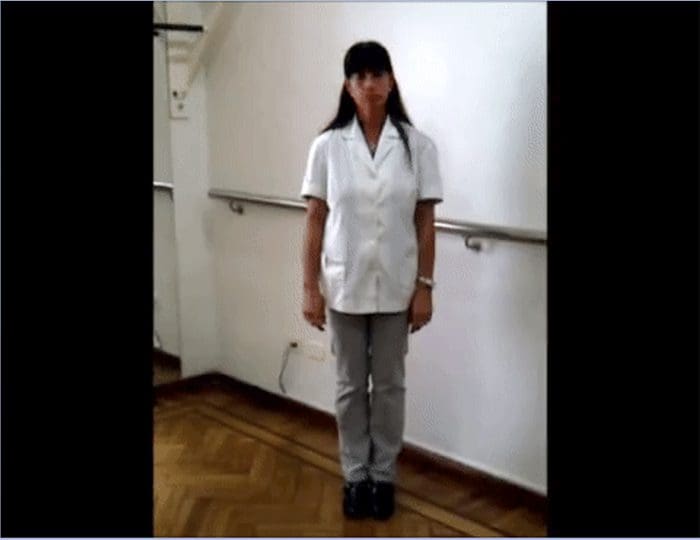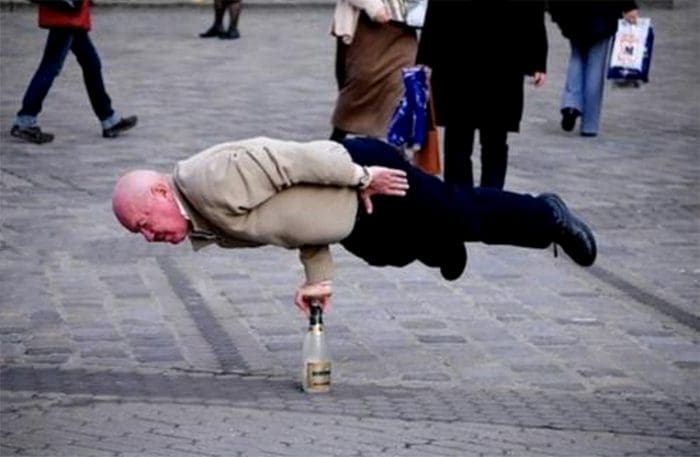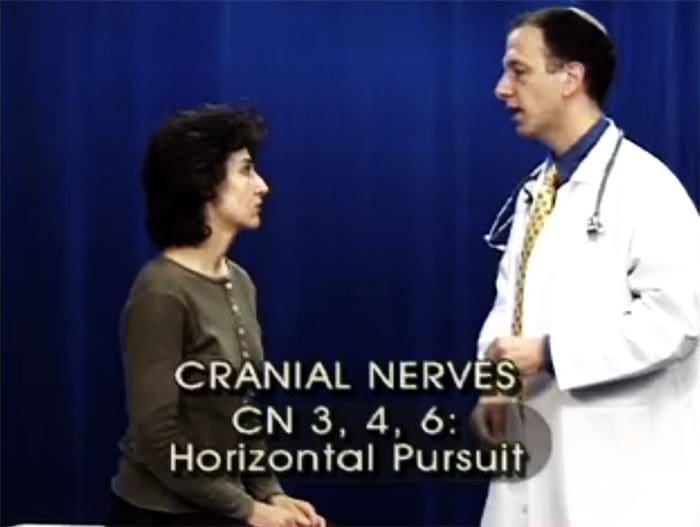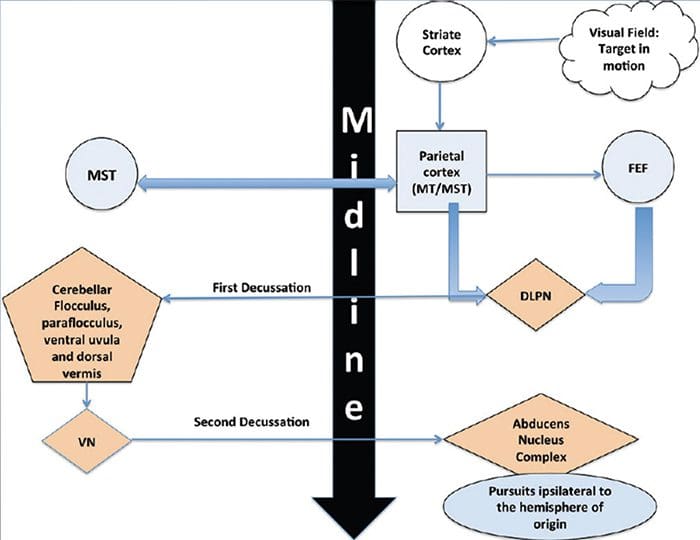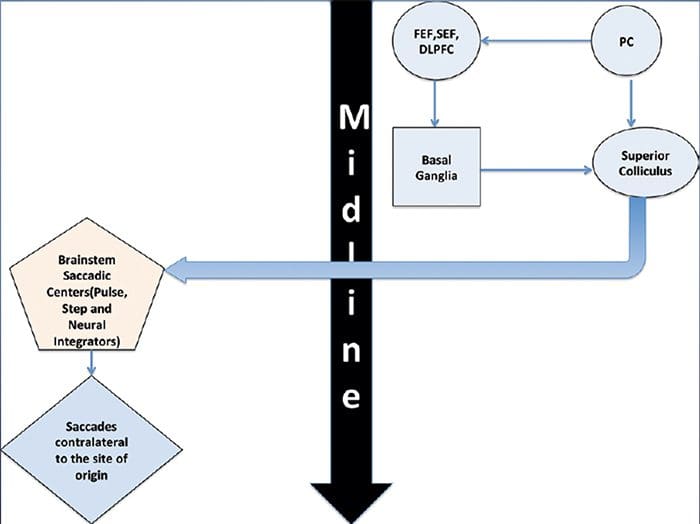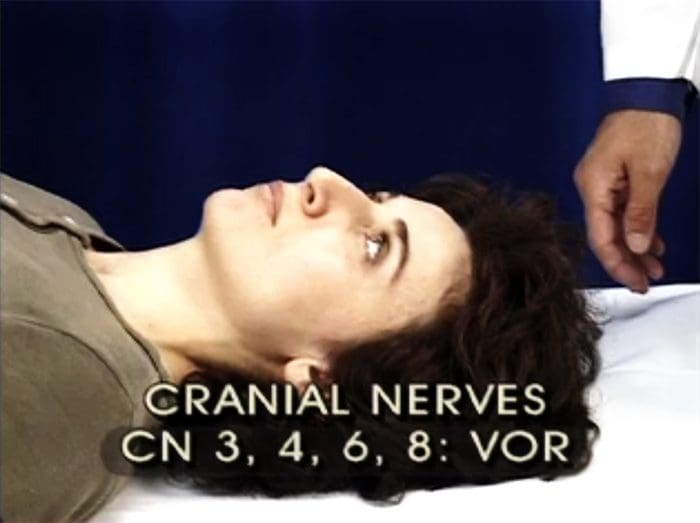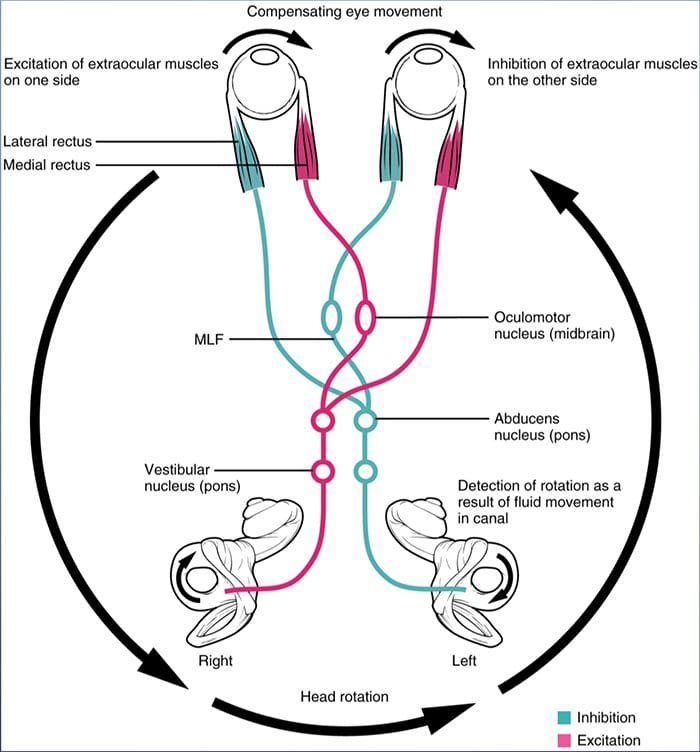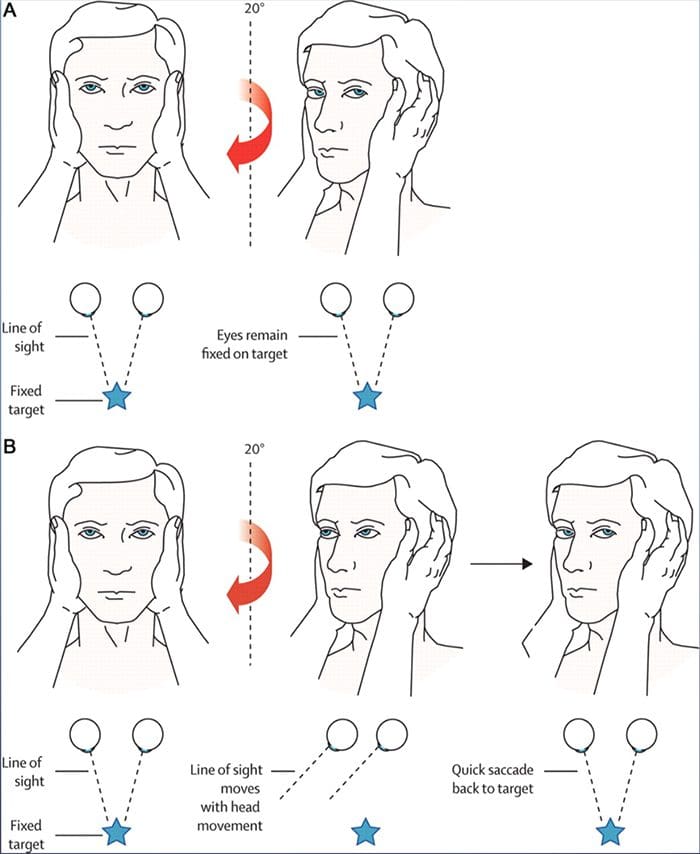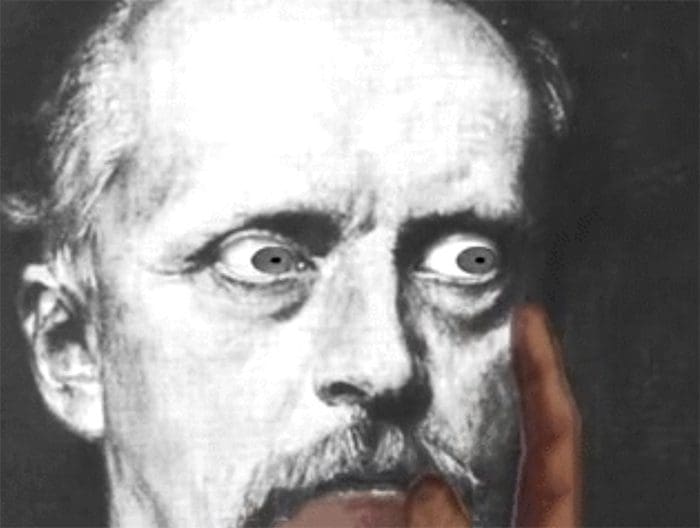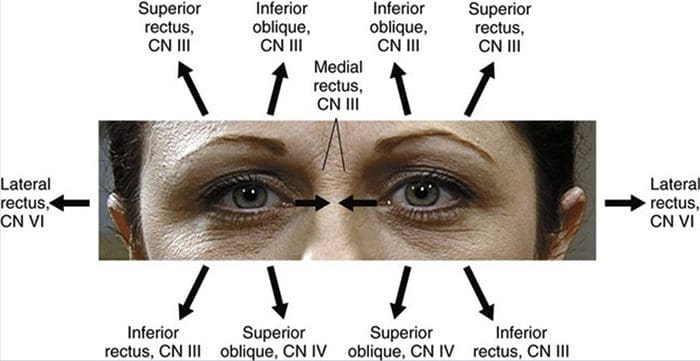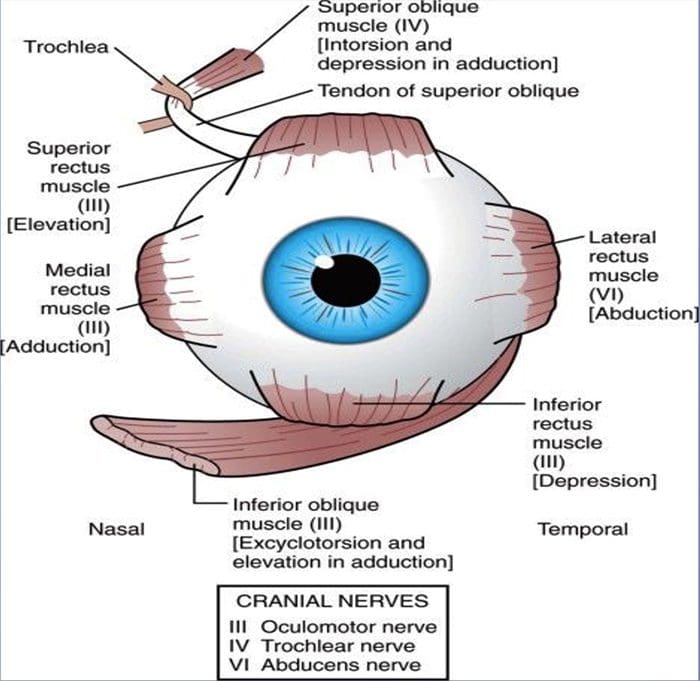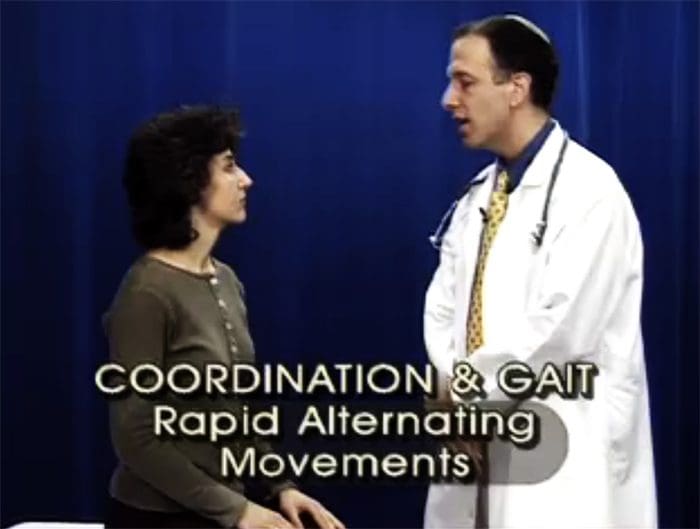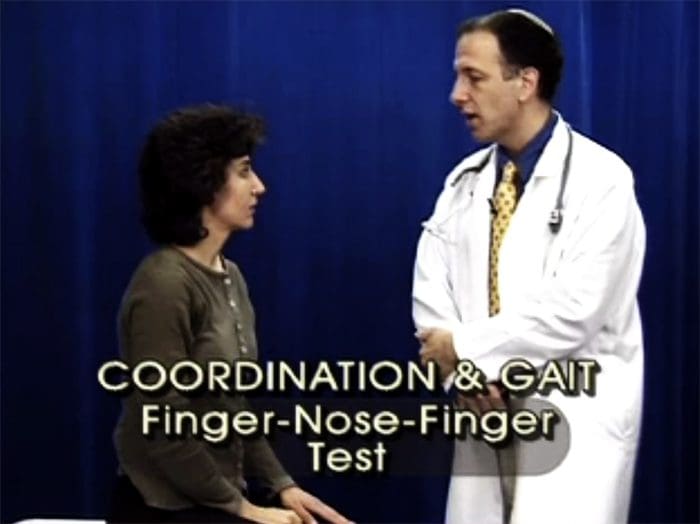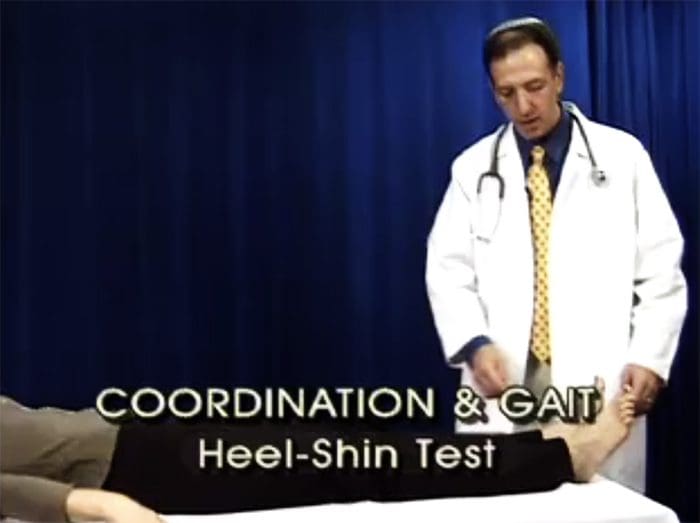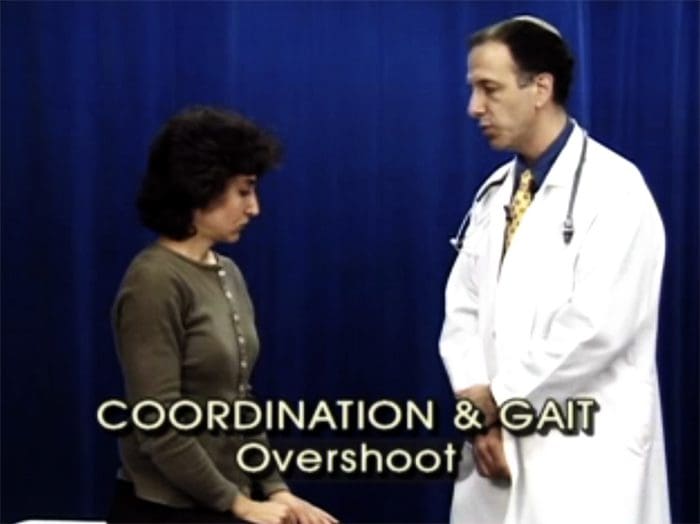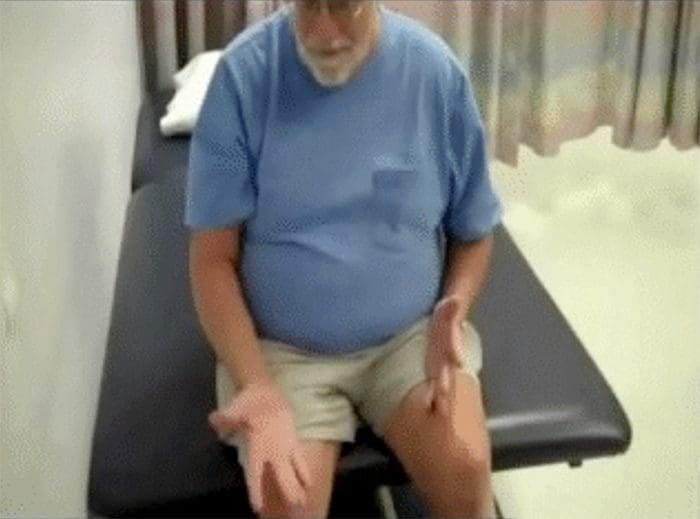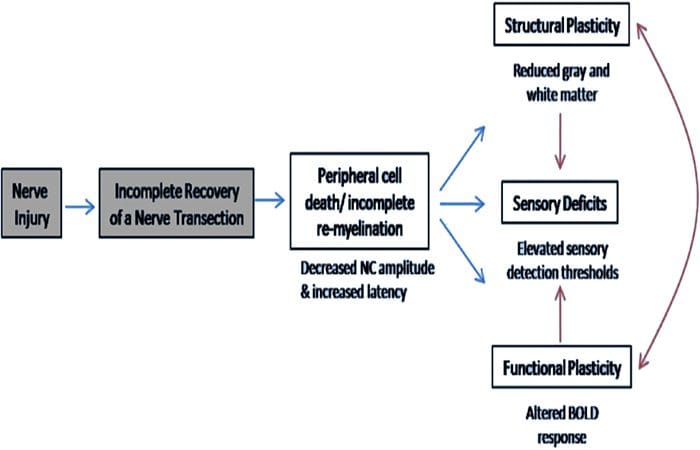El Paso, TX. Chiropractor Dr. Alexander Jimenez presents an introduction to the cerebellum. The brain is a complex structure that has billions of nerve cells. The basic anatomy is easily understandable. But there is one part of the brain, the cerebellum, which is involved in virtually all movement. This is the part of the brain that helps a person drive, throw a ball, or walk across the street.
Problems with the cerebellum are uncommon and mostly involve movement and coordination difficulties. This article will give an overview of the anatomy, purpose, and disorders of the cerebellum, as well as, how to keep the brain healthy.
FAGIOLINI ET AL. EPIGENETIC INFLUENCES ON BRAIN DEVELOPMENT AND PLASTICITY CURR OPIN NEUROBIOL, 2009
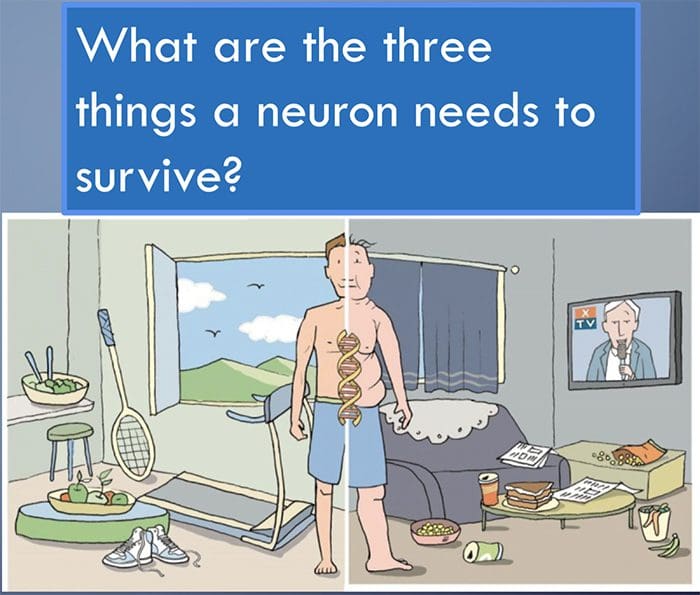
- “Enhancing plasticity in the adult brain is an exciting prospect and there is certainly evidence emerging that suggest the possible use of epigenetic factors to induce a “younger” brain.”
- “Recent findings support a key role of epigenetic factors in mediating the effects of sensory experience on site-specific gene expression, synaptic transmission, and behavioral phenotypes.”
TAYLOR ET AL. CUTTING YOUR NERVE CHANGES YOUR BRAIN BRAIN, 2009
- “Animal studies have established that plasticity within the somatosensory cortex begins immediately following peripheral nerve transection, and that 1 year after complete nerve transection and surgical repair, cortical maps contain patchy, noncontinuous representations of the transected and adjacent nerves.”
- “Here, we have demonstrated for the first time that there is functional plasticity and both grey and white matter structural abnormalities in several cortical areas following upper limb peripheral nerve transection and surgical repair.”
THE CEREBELLUM
IMPORTANT FUNCTIONAL AREAS OF THE CEREBELLUM
Spinocerebellum
Vestibulocerebellum
Cerebrocerebellum
SPINOCEREBELLUM
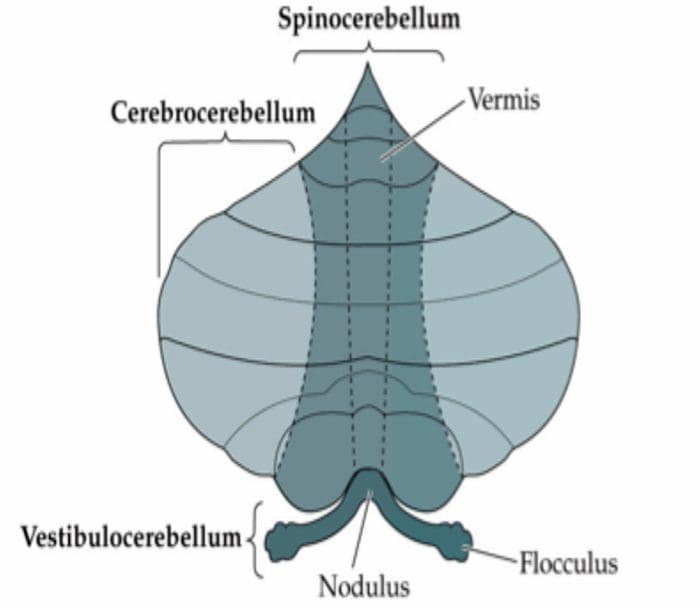 Responsibilities:
Responsibilities:- Regulation of muscle tone for posture and locomotion
- Balance
Patient Complaints:
- Difficulty with balance
- Difficulty walking in the dark
- Difficulty going down stairs
- Sway to one side while walking
Examination Findings:
- Wide based gait
- Sway in Romberg’s position
WHAT DO YOU SEE?
WHAT CAN YOU DO?
Have the patient perform balance exercises:
- Practice Romberg’s
- Practice one leg standing
- Bosu Ball exercises
- Foam Pad exerscises
- Balance Board exercises
Increase core stability:
- Plank’s
- Yoga
Increase proprioception:
- Adjust!
- But which side?
VESTIBULOCEREBELLUM
- Responsibilities:
- Regulation of vestibular system
- Regulation of balance
- Assistance with eye movements (encoding retinal slip)
Patient Complaints:
- Postural muscle fatigue
- Dizziness
- Disorientation
- Difficulty riding in a car
- Nausea
Examination Findings:
- Wide based gait
Sway in Romberg’s position - Nystagmus
- Impaired VOR
- Impaired smooth pursuits
- Hypermetric Saccades
VOR
WHAT DO YOU SEE?
EYE MOVEMENT REVIEW
WHAT CAN YOU DO?
Have the patient perform gaze stability exercises:
- Sit arms length away
- Fixate on dot
- Rotate head in different directions
Rotation exercises:
- Activate VOR
- Activate side less active
Provide OPK stimulation:
- Which side do you stimulate?
CEREBROCEREBELLUM
- Responsibilities:
- Coordination of fine movements
- Coordination of speech
- Coordination of thought
Patient Complaints:
- Clumsiness with hands
- Clumsiness with feet
- Tripping over feet
- Hand shaking with intention
Examination Findings:
- Intention tremor
- Termination tremor
- Dysmetria
- Dysdiadochokinesia

WHAT DO YOU SEE?
WHAT CAN YOU DO?
- Have the patient perform coordinated movements!
- Example: piano playing, finger taping, finger to nose, etc.
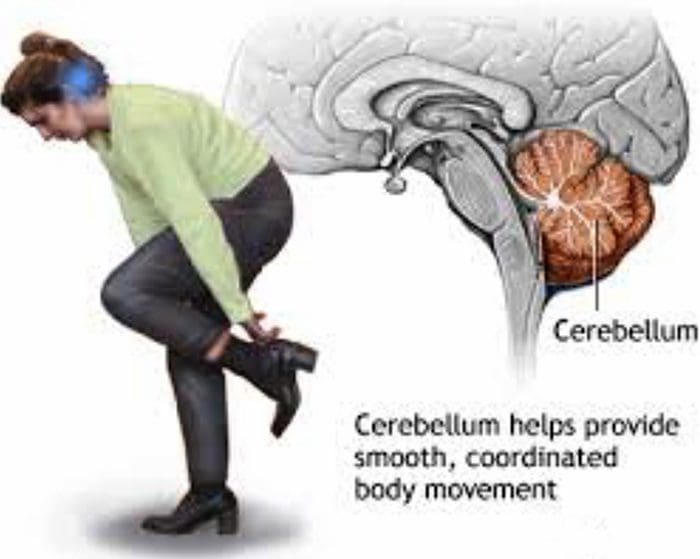
TAYLOR ET AL. CUTTING YOUR NERVE CHANGES YOUR BRAIN BRAIN, 2009
- “Animal studies have established that plasticity within the somatosensory cortex begins immediately following peripheral nerve transection, and that 1 year after complete nerve transection and surgical repair, cortical maps contain patchy, noncontinuous representations of the transected and adjacent nerves.”
- “Here, we have demonstrated for the first time that there is functional plasticity and both grey and white matter structural abnormalities in several cortical areas following upper limb peripheral nerve transection and surgical repair.”
By RYAN CEDERMARK, RN BSN MSN DC DACNB




